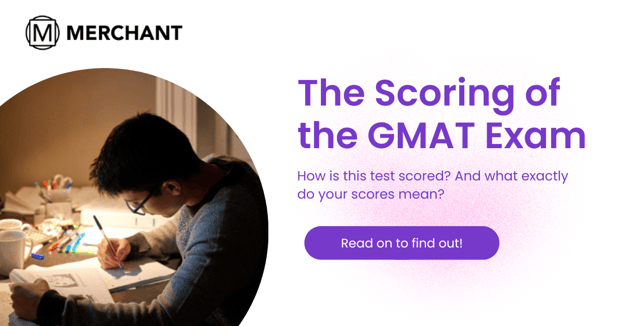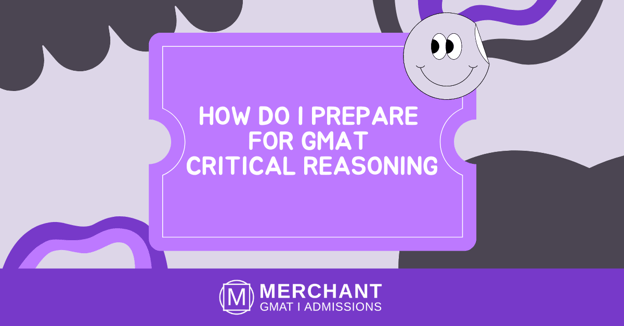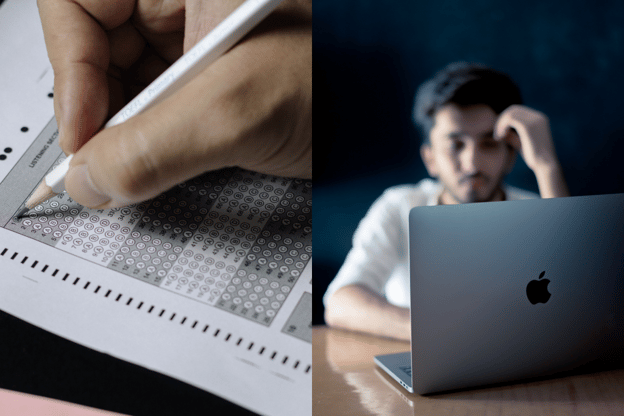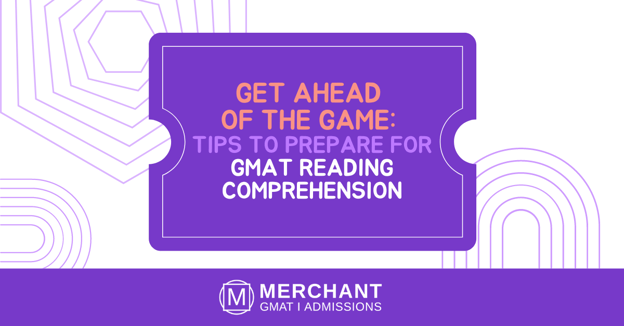Mastering the GMAT: A Comprehensive Guide to Conquering Test Day
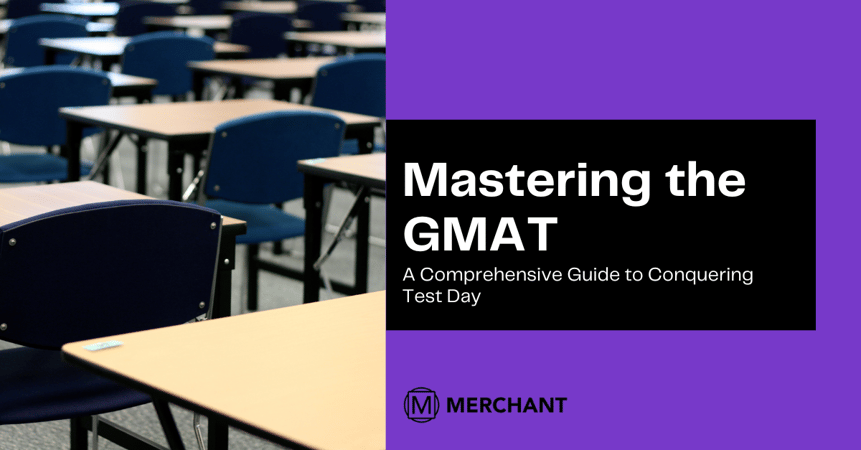
Whether you're just starting to tackled the GMAT or are in the midst of studying for it, you may be wondering what topics you should focus on. In this blog post, we'll share with you some of the most important topics to study for the GMAT. By understanding these key concepts, you'll be well on your way to acing the exam. So without further ado, let's get started!
Verbal Section
The verbal section consists of three main types of questions: reading comprehension, sentence correction and critical reasoning. The reading comprehension portion will test your ability to understand written material. This section will require strong analytical skills as you read passages and then answer related questions. The sentence correction portion tests your grammar and sentence structure knowledge. You will have to decide which answer choice is grammatically correct or best expresses a certain idea. Finally, critical reasoning questions test your ability to analyze arguments, understand their structure and evaluate their strengths and weaknesses.
Quantitative Section
The quantitative section has two types of questions: problem solving and data sufficiency. Problem solving questions are all about math—but don’t worry if it’s been awhile since you last entered a classroom! You can brush up on basic concepts like algebra, geometry and arithmetic before taking the GMAT in order to ensure success in this section. Data sufficiency questions test your understanding of how much information is needed in order to solve a given problem. If a certain amount of data is missing or irrelevant, then it won’t be enough for you to solve the problem correctly.
Integrated Reasoning Section
This section requires that you use many different skills at once—which makes sense since it tests how well you integrate different types of information into one conclusion or solution! There are four types of integrated reasoning questions: multi-source reasoning, graphic interpretation, two-part analysis and table analysis. Multi-source reasoning questions require that you draw conclusions from multiple sources (that could include tables, charts or even written text). Graphic interpretation questions test your ability to interpret graphs and charts; this portion will assess how well you understand visual displays of data. Two-part analysis involves completing two separate tasks that are connected. Table analysis focuses on interpreting tabular data accurately in order assess various trends or relationships between different pieces of information presented in the tables provided for each question type.
No matter which section of the GMAT you’re tackling first, there’s no doubt that it's going to take a lot of hard work and dedication! Be sure that you take practice tests before attempting the real thing so that you can get used to dealing with different types of questions under pressure while honing your skills along the way!
Ready to Start?
Fill out the form, and a member of the Merchant Sales Team will be in contact with you shortly to discuss your MBA journey


